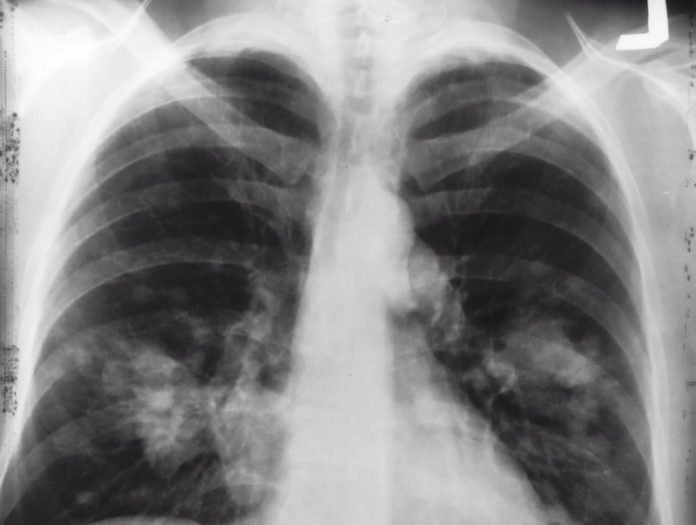
In a recent study at Boston University and elsewhere, researchers found that “nanosponges” appear to stop the coronavirus infection in its tracks by diverting its attention away from living lung cells.
The technology consists of very small, nanosized drops of polymers—essentially, soft biofriendly plastics—covered in fragments of living lung cells and immune cell membranes.
The technology could have major implications for fighting the SARS-CoV-2 virus responsible for the global pandemic.
But, perhaps even more importantly, it has the potential to be adapted to combat virtually any virus, such as influenza or even Ebola.
The study is published in Nano Letters. One author is Anna Honko, a microbiologist at Boston University’s National Emerging Infectious Diseases Laboratories (NEIDL).
The COVID-19 virus seeks out unique signatures of lung cell membranes and latches onto them.
When that happens inside the human body, the coronavirus infection takes hold, with the SARS-CoV-2 viruses hijacking lung cells to replicate their own genetic material.
But in these experiments, the team found that polymer droplets laden with pieces of lung cell membranes did a better job of attracting the SARS-CoV-2 virus than living lung cells.
By fusing with the SARS-CoV-2 virus better than living cells can, the nanotechnology appears to be an effective countermeasure to coronavirus infection, preventing SARS-CoV-2 from attacking cells.
The team says it may act as a decoy and it competes with cells for the virus.
They are little bits of plastic, just containing the outer pieces of cells with none of the internal cellular machinery contained inside living cells.
That attribute is why the researchers call the technology “nanosponges.”
Once SARS-CoV-2 binds with the cell fragments inside a nanosponge droplet—each one a thousand times smaller than the width of a human hair—the coronavirus dies.
Although the initial results are based on experiments conducted in cell culture dishes, the researchers believe that inside a human body, the biodegradable nanosponges and the SARS-CoV-2 virus trapped inside them could then be disposed of by the body’s immune system.
The immune system routinely breaks down and gets rid of dead cell fragments caused by infection or normal cell life cycles.
There is also another important effect that the nanosponges have in the context of coronavirus infection.
Nanosponges containing fragments of immune cells can soak up cellular signals that increase inflammation.
Acute respiratory distress, caused by an inflammatory cascade inside the lungs, is the most deadly aspect of the coronavirus infection, sending patients into the intensive care unit for oxygen or ventilator support to help them breathe.
But the nanosponges, which can attract the inflammatory molecules that send the immune system into dangerous overdrive, can help tamp down that response.
By using both kinds of nanosponges, some containing lung cell fragments and some containing pieces of immune cells, it’s possible to attack the coronavirus and the body’s response responsible for disease and eventual lung failure.
Copyright © 2020 Knowridge Science Report. All rights reserved.



